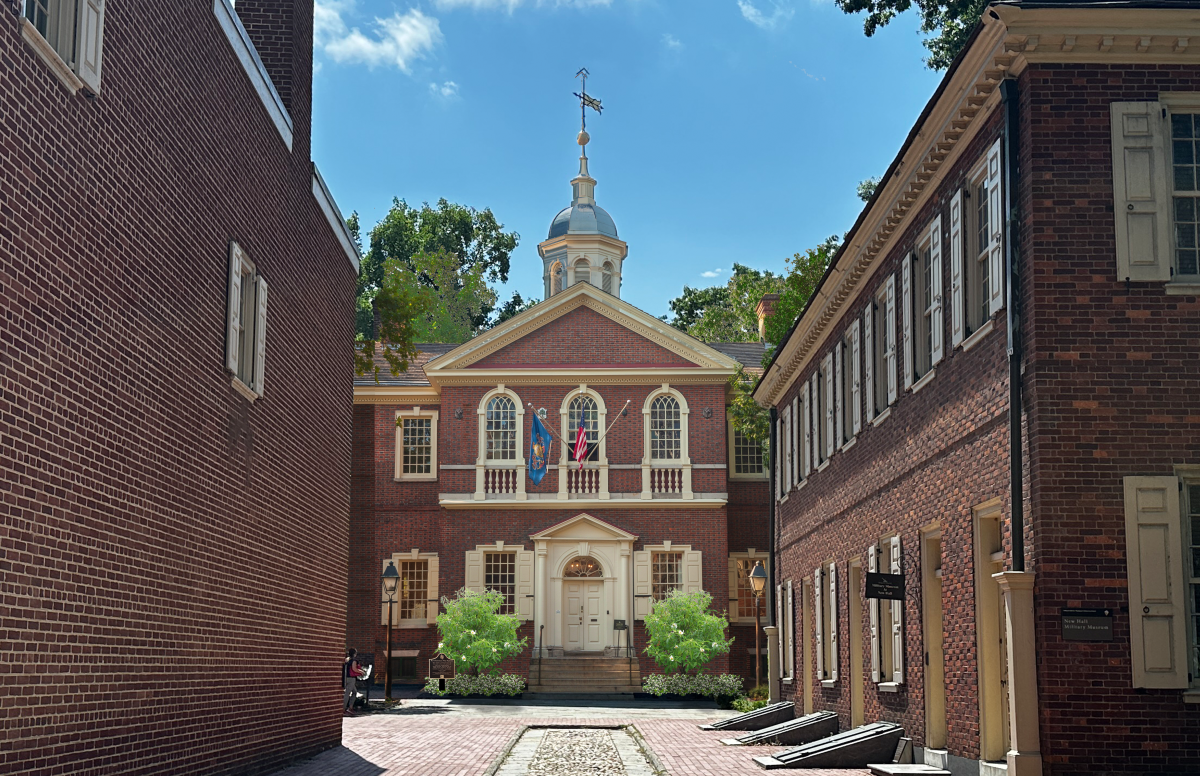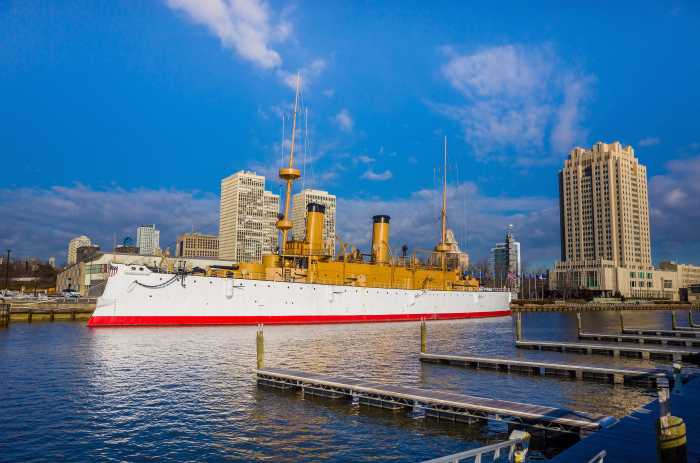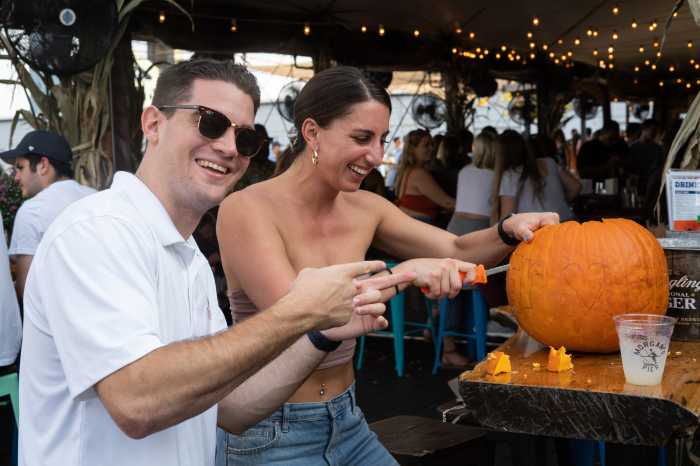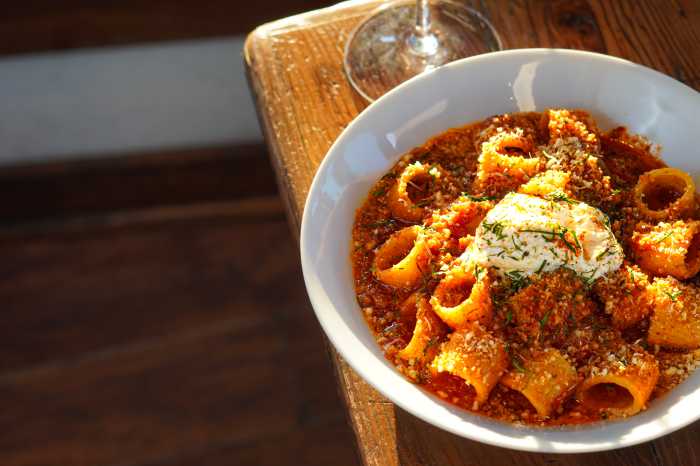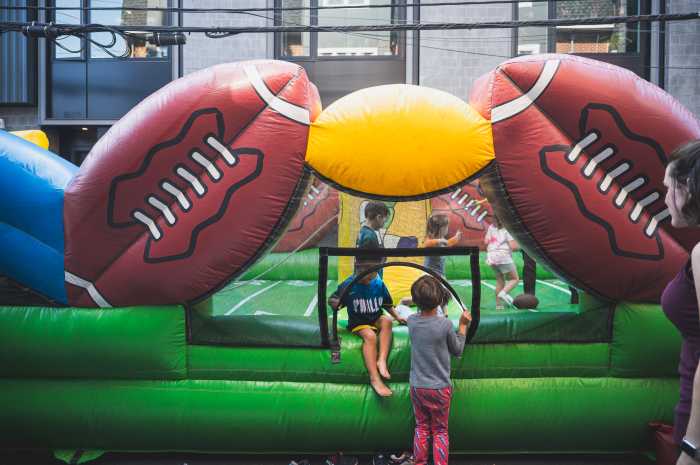Two rare, extinct-in-the-wild trees named after Founding Father Benjamin Franklin are on their way to Philadelphia’s Historic District, where they will be planted at Carpenters’ Hall, home of the First Continental Congress. None other than Ben Franklin himself will join the Carpenters’ Company, OLIN, Bartram’s Garden, and the National Park Service to plant the two, six-foot-tall trees in front of Carpenters’ Hall on Friday, April 25.

The Franklinia Alatamaha, or Franklin trees, were named in the 1700s by the namesake of Bartram’s Garden, John Bartram, and his son William. Bartram, known as the “father of American botany,” alongside his son, collected the seeds of these trees in what is now the state of Georgia. A family friend of Ben Franklin, the trees were named in his honor, and the seeds were brought to Philadelphia, where the Bartram began cultivating the trees at Bartram’s Garden.
Sometime later, the tree went extinct in the wild. Thanks to the efforts of the Bartrams, however, the Franklin tree is alive today with every living descendant coming from the seeds originally cultivated at Bartram’s Garden in Philadelphia.
“We’ve been searching for the ideal botanical addition to the Carpenters’ Hall site since 2022, following our foundation excavation and preservation project,” said Michael Norris, Executive Director of Carpenters’ Hall. “With the Franklinia’s historic significance and our deep connections to Ben Franklin, we are honored to give these rare trees a position of prominence in the Historic District, especially in the lead up to the country’s 250th anniversary.”
The trees, which are coming from Rutgers Nursery, should begin to bloom at the end of the summer, and will be paired with Black chokeberries that will be planted as well to surround each tree. When in bloom, the trees are known for their large, cream-colored flowers, glossy, narrow leaves, deeply colored fall foliage with late-blooming blossoms, and bright yellow-orange pollen-producing stamens.
“It’s wonderful to have this expression of Philadelphia’s horticultural and scientific heritage added to Carpenters’ Hall,” said Maitreyi Roy, Executive Director of Bartram’s Garden.
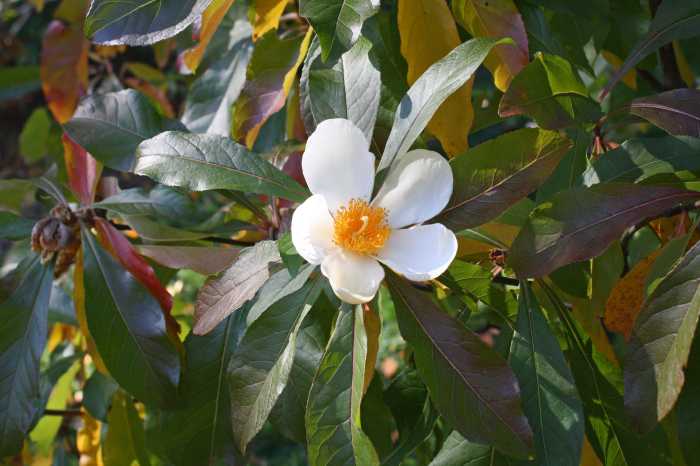
“Building off the legacy of the Bartram family, this area has an extraordinary network of gardens and arboreta that were founded in the early United States as gardening became more economically accessible. That history of welcoming people into nature feels so important here, especially as we work together to build this region’s climate resilience—that’s a very apt legacy for the Franklinia, given that it went extinct in the wild.
“We know it likes very specific conditions, so at Bartram’s Garden we always say it takes courage to grow Franklinia—and I think Carpenters’ Hall is one of those iconic sites of Philadelphia courage and welcome.”
For more information, visit carpentershall.org



